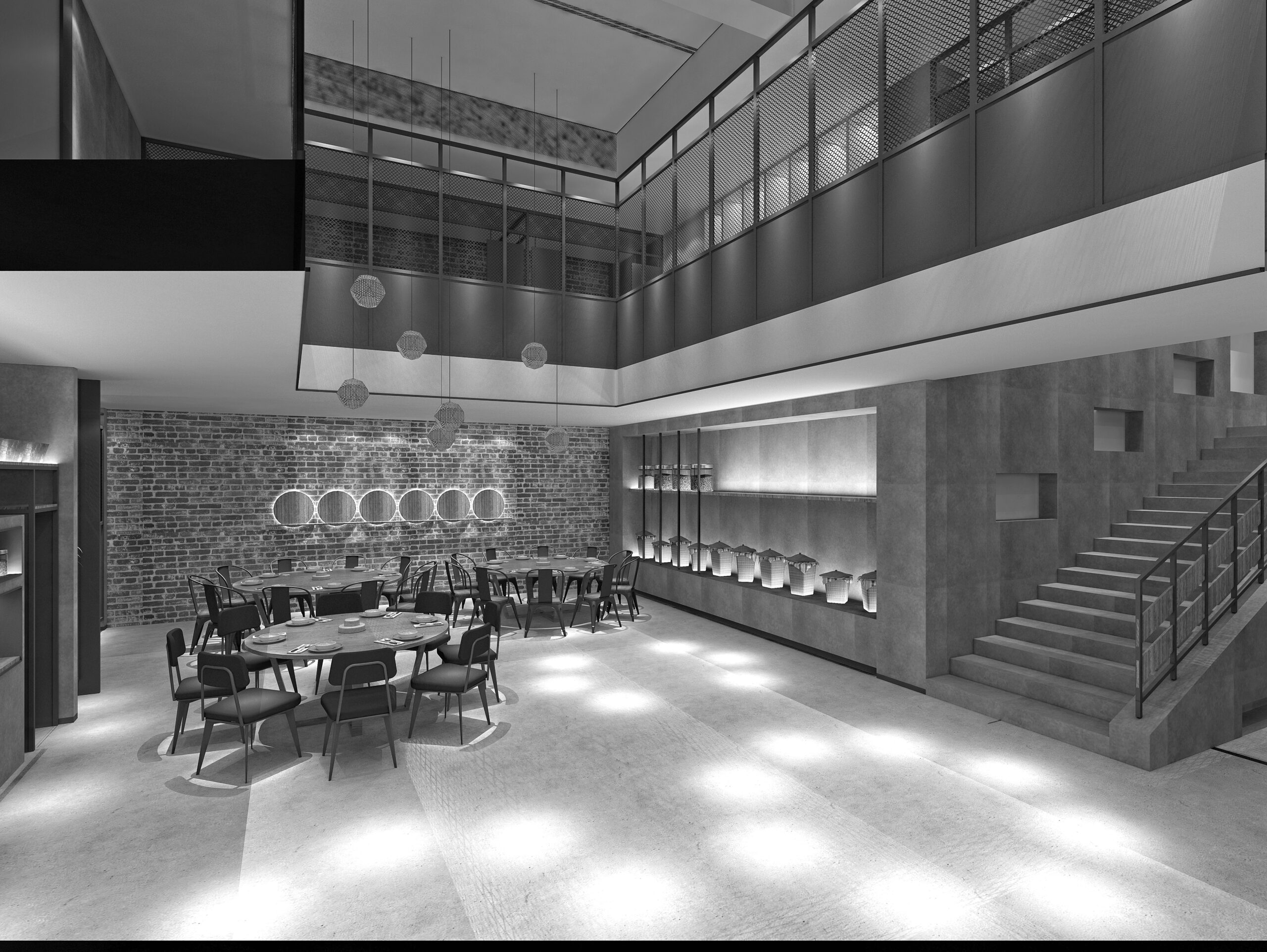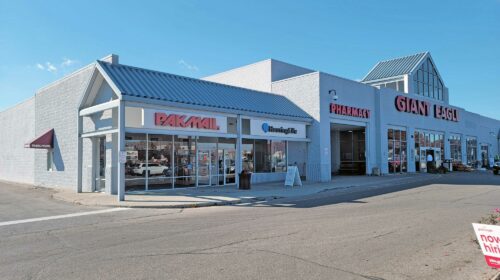Creating Space: Office Design Trends for 2023
Office design is continuing to adapt to ongoing philosophical shifts in the workforce. As employers have settled into their post-pandemic workplaces, whether it be hybrid, remote, or full-time returns – flexibility and agility in the workplace remain essential.
We sat down with Kaitlin Kingrey, Studio Lead – Interior Design – Workplace at MA Design to glean some insight into both the dynamics at play and the resulting emerging trends.
What trends are guiding office design in 2023?
We continue to see flexible, agile spaces to support different styles of working. One of the takeaways of the pandemic is that employees became keenly aware of their work preferences. Employers are now trying to create spaces that appeal generationally to those varying work styles. We’re seeing a lot of these flexible, agile spaces to support different styles of working which also ties into seeing many different generations in the workplace, from Baby Boomers to Gen Z and soon to come, Generation Alpha. Each generation has different preferences for how they want to work and how they’re used to working. The key to success is having flexibility in your workspace.
We’ve seen the term “Convergence of Space” emerge post-pandemic. What are your thoughts on this trend and its impact?
It’s derived in part from convenience. During the pandemic, many people at home had the ability to put in a load of laundry or brew a pot of coffee, but the other part of it is comfort. People want to go to work in a space where they feel comfortable and also know their needs are being met, which includes everything from amenities to wellness support. Employees desire now, more than ever before, to feel like they as an individual, are being supported. The idea of convergence of space ties into that concept. In the past companies focused on the needs of the team or employees in general, but now it is pivoting toward the employee and their individual needs, providing them with an environment that parallels the comforts of home.
What types of amenities or spaces are you seeing that reflect this shift?
We are seeing spaces that look to provide more convenience or tools for mental wellness, including dry cleaning services, childcare, barber services and for mental wellness, respite rooms and spaces that promote de-stimulation.
Almost all new development is mixed-use. What do you see as the impact of this kind of development in terms of both office design trends and culture?
The tie between companies and the communities they exist within has definitely had a renaissance. In terms of attracting talent, and particularly with regard to attracting those just joining the workforce who have their choice between employers, values come into play. Most want to work for a company that cares about the community, has a relationship with the surrounding environment, and has a story to tell.
These mixed-use developments lend themselves to those elements and are overall positive for companies. The walkable amenities found in mixed-use developments offer a different type of collaborative environment by creating opportunities for exposure to people outside of your industry. The idea that the culture you are a part of is not limited to the office, but rather inclusive of the community, contributes heavily to diversity, innovation, and creativity, which is especially appealing to younger generations.
Another consideration is that the availability of walkable amenities set up a different type of collaborative environment for employees and businesses to take advantage of. For instance, the notion of “space sharing” has begun to gain traction. Businesses may not need to have a dedicated café or lounge within their existing footprint with other nearby amenities that can be leveraged. Businesses that have a large training area and are located in close proximity to other community events or teams, may for a fee, allow others to use those spaces after hours. This space-sharing concept also encourages collaboration between the community and businesses.

Kaitlin Kingrey
Studio Lead – Interior Design – Workplace
MA Design




